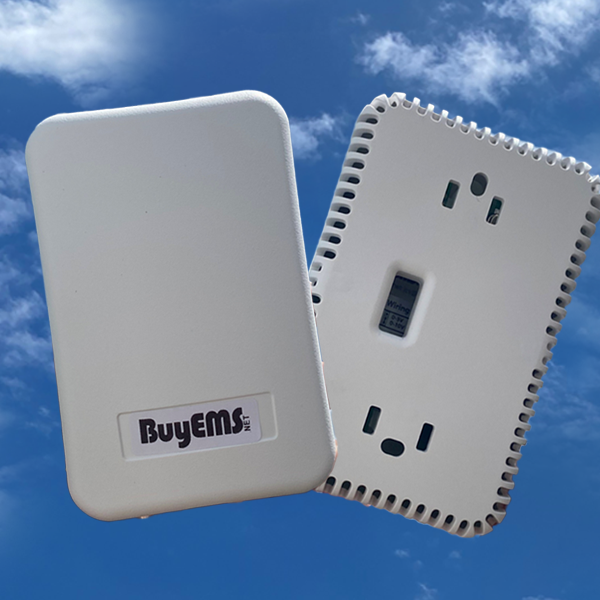
On in-stock orders placed before 3pm EST!

Temperature sensors are critical components in many industries, including food and beverage, pharmaceuticals, and chemicals. They are used to monitor and regulate temperature in processes, ensuring that products are safe and of high quality. While some companies may opt for Original Equipment Manufacturer (OEM) temperature sensors, there are several reasons why it is better to save money by using generic temperature sensors.
First and foremost, generic temperature sensors are more affordable than OEM sensors. OEM sensors are typically designed for specific applications and may have additional features that are not necessary for all processes. These additional features can drive up the cost of the sensor, making it an unnecessary expense for companies that do not require them. Generic temperature sensors, on the other hand, are designed to meet basic temperature measurement needs, and therefore are much more affordable.
Secondly, generic temperature sensors are often more versatile than OEM sensors. OEM sensors are typically designed to work with specific systems or equipment, meaning they may not be compatible with other systems. Generic sensors, on the other hand, are designed to work with a wide range of systems, making them more versatile and adaptable to different applications. This can be particularly beneficial for companies that have a range of temperature monitoring needs across different processes.
Another advantage of using generic temperature sensors is that they are often more readily available than OEM sensors. OEM sensors may require a longer lead time for delivery, as they are typically manufactured to order. Generic sensors, on the other hand, are more commonly available and can be easily sourced from a variety of suppliers. This means that companies can get their hands on generic sensors quickly, without having to wait for an OEM sensor to be manufactured and delivered.
In addition to these advantages, generic temperature sensors are also often easier to replace than OEM sensors. If an OEM sensor fails, it may require a specific replacement part to be ordered, which can take time and be costly. Generic sensors, on the other hand, are often interchangeable and can be easily swapped out if one fails.
In conclusion, while OEM temperature sensors may be necessary for some specific applications, generic temperature sensors are a more cost-effective and versatile option for many companies. They are more affordable, adaptable, readily available, and easier to replace than OEM sensors, making them a smart choice for companies looking to save money while still ensuring accurate temperature monitoring in their processes.
Need sensors? Click here to shop!
{"one"=>"Select 2 or 3 items to compare", "other"=>"{{ count }} of 3 items selected"}